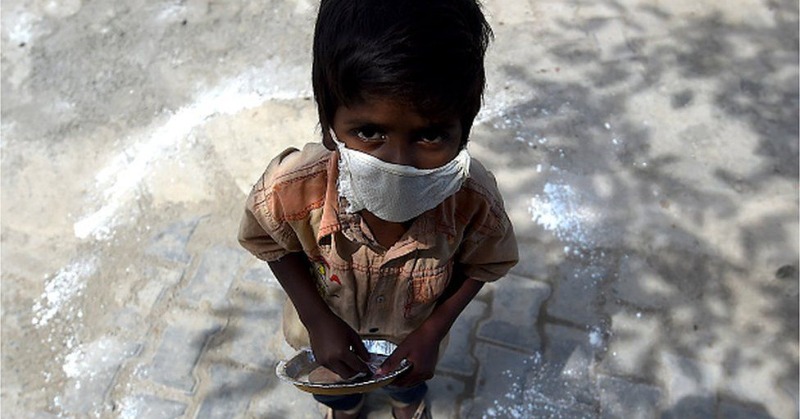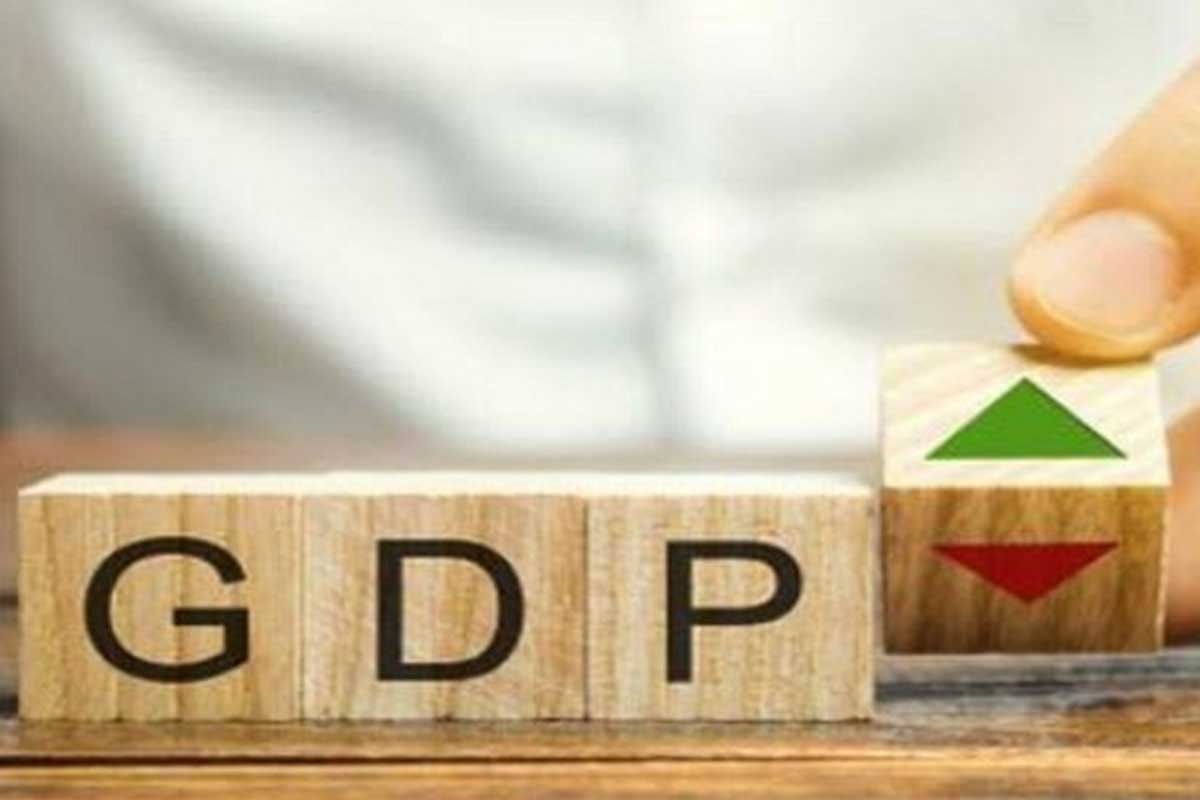- Messages
- 3,514
- Reaction score
- 1,351
- Axis Group

It's called jobless growth. Look it up.
Only service growth can be of low employment growth and not manufacturing, agriculture and infrastructure. Our government is pushing infrastructure growth like anything. We build 37 k.m. High way everyday. Construction activities are happening at a very rapid rate. 10 crore people are given loan for self employment. Employment is generated at a very rapid pace. A BIMARU state like UP which had unemployment rate in double digit has an unemployment rate of 3% today. Things are moving in right direction at a very rapid pace.

 South Asia
South Asia















